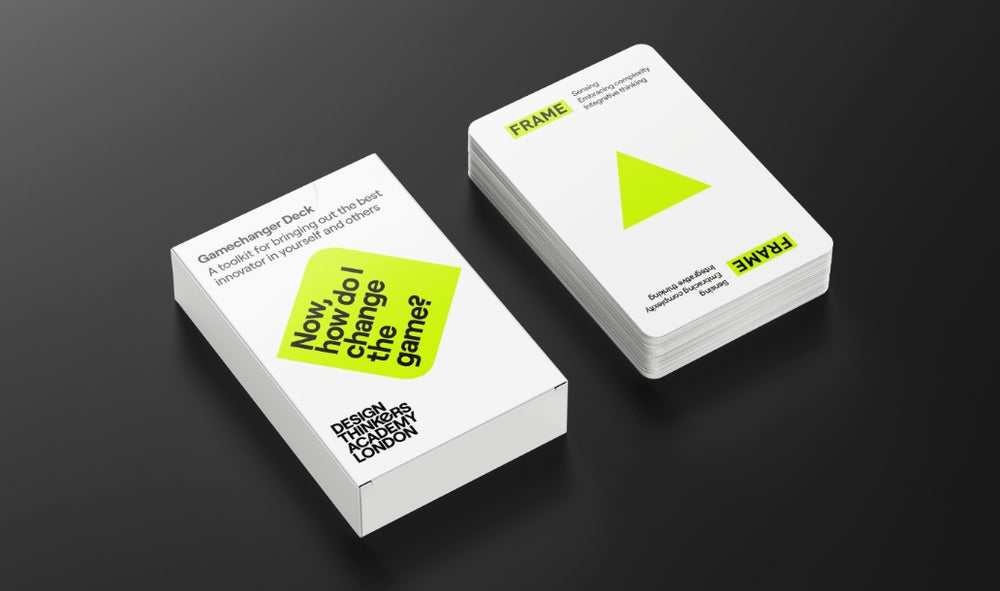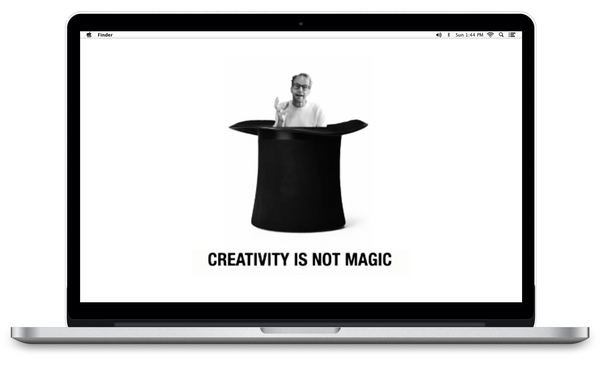“You never really understand a person until you consider things from his point of view, until you climb inside of his skin and walk around in it.” Harper Lee, To Kill a Mockingbird
On 12th December, the United Kingdom went to the polls and voted resoundingly for a Conservative majority, smashing through Labour strongholds to take control of parliament and decide the future of the country. As Labour lick their wounds and conduct their own post-mortem, one thing they won’t talk about is design thinking – but did design thinking impact this election more than anyone realises?
Regardless of where you stand politically, this election has taught us many things, but none so powerful as understanding your electorate. Just focussing on the two main political parties, we can see how the Conservative party have played an incredibly tactical game, engaging in the mood of country, whilst the results illustrate a stark opposite for Labour. When Denis Skinner loses his seat of 49 years in a Labour heartland, it illustrates more game changing factors at play; how one party understood this election and the current electorate, whilst the other lies lost and confused. And, in this confusion, comes design thinking.

A core part of the design thinking process is the Discover phase of the Double Diamond, and within that, empathy. Empathy is defined as “the action of understanding, being aware of, being sensitive to, and vicariously experiencing the feelings, thoughts, and experience of another.” Statistics will always have value inside politics yet understanding how and why people think certain things can be even more purposeful. It’s only by understanding how someone thinks that one can truly build a response to that. To create something without understanding who you are creating for, even with the best of intentions, highlights a naivety that can lead to failure whatever the industry.
What this election clearly shows is that the British public have decisively voted for one person over another and for a decisive outcome for Brexit, over more negotiations. So how did the Conservatives understand this so well and Labour fail so miserably?
At the 2017 election, Labour’s “manifesto of hope” reached people at that moment in time, an astute reading of the climate, especially in comparison to the negativity that surrounded Theresa May. They saw how reactions to Brexit were still as mixed as they were at the referendum and provided clarity with a positive vision that resonated with the British public. Two years later however, the political climate has changed, yet Labour have not moved with it.
If we analyse through the lens of the Double Diamond, Labour moved on to Define, Develop and Deliver process, expanding upon their manifesto from 2017, for a juiced-up version of the previous manifesto, with added benefits. The problem here was that the atmosphere and motivations of the country had now changed. Instead of re-engaging in the initial Discover process, engaging in empathy and understanding where the electorate now lay, they designed upon past glories (which was in fact a defeat in itself) and fell apart as a result.
Within factions in their own camp and certain quarters outside, their position on Brexit probably looked sensible and neutral in the face of such political disturbance and anxiety, however, was this designed as a result of listening to the electorate? The results would suggest not. The results would also suggest that persevering with Jeremy Corbyn as leader was equally mislaid. If they had truly understood the electorate before the election; how they felt and responded to the Labour leader, the manifesto and the position on Brexit, the political landscape now facing us could be very different.
One Labour activist, questioned on the BBC in the aftermath of the election, spoke of their surprise, only to then go on to say that they “only spoke to Labour supporters”. Maybe they did engage in Discovery, but if discovering in your own echo-chamber, then you only Discover what you want to hear.
Take the Conservatives on the other hand. Dominic Cummings has pulled the strings throughout this campaign, and again, wherever you stand on the person himself, there is no denying that he played the game to perfection and truly understood the electorate. Yes, it is widely seen that he was playing on a different field to Labour, not facing what many feel was a relentlessly unsupportive press, but he also understood and engaged in the mood of the country.
“You guys should get outside London and go to talk to people who are not rich Remainers’.” Dominic Cummings, September 2019.
There are reasons why Johnson’s only words for the last month were, “Get Brexit Done” on repeat. He knew what people wanted to hear. If you look at the Conservative manifesto, it was scant on detail, yet here is another example of judging the mood of the country. In a country that votes for Brexit, when leaving the EU is nothing more than a few broadly defined notions, was that not an indication that the manifestos could be held up to similar standards and that the politics of personality were more important? Again, this highlights the lack of empathy from Labour and understanding the true issues that were relevant to the electorate at the time.
It was only a year ago that Jacob Rees-Mogg was one of the key faces of the Conservative party, however where was he in the lead up to the election? Realising that the mood had changed towards Rees-Mogg, he was pulled from the front line and vanished from public view.
Labour, on the other hand, withdrew Keir Starmer from view. However, now seeing how crucial a role Brexit played in this election, would it not have made more sense to have the Shadow Secretary of State for Exiting the European Union, a man who arguably understands the issue better than any other, leading their European stance. Starmer was in the Remain camp, so maybe they had engaged in empathy in some respects judging by the results, but if that was realised in advance, why have him there in the first place? Again, this reverts back to design thinking and the Double Diamond.
Only by going through the Discovery phase properly, and right at the beginning of the process, can we then Define the right problem, Design the solutions for that problem and then Deliver the right answer. In the sea of hindsight, it’s clear to see that the Conservatives truly engaged in that process, whilst Labour float adrift.

So, what does all of this tell us? There was a time when design thinking was seen as a way of working for trendy kids in tech companies. Examples like this show that it’s so much more than that. An often-used phrase at the Design Thinkers Academy London is that: “design is too important to be left to the designers.” Looking at this election, as one party tries to figure out some sort of recovery and the other prepares for five years in complete control of the country’s destiny, those words ring true more than ever.
Design thinking is not always apparent to its users, yet this election highlights how utterly instrumental it can be. And at the core of that are the words Harper Lee wrote 57 years ago, urging us to ‘climb inside of his skin’. Maybe if the Labour party had spent more time heeding the words in ‘To Kill a Mockingbird’ and less time mocking the Prime Minister, the political landscape facing them would be a very different one.










